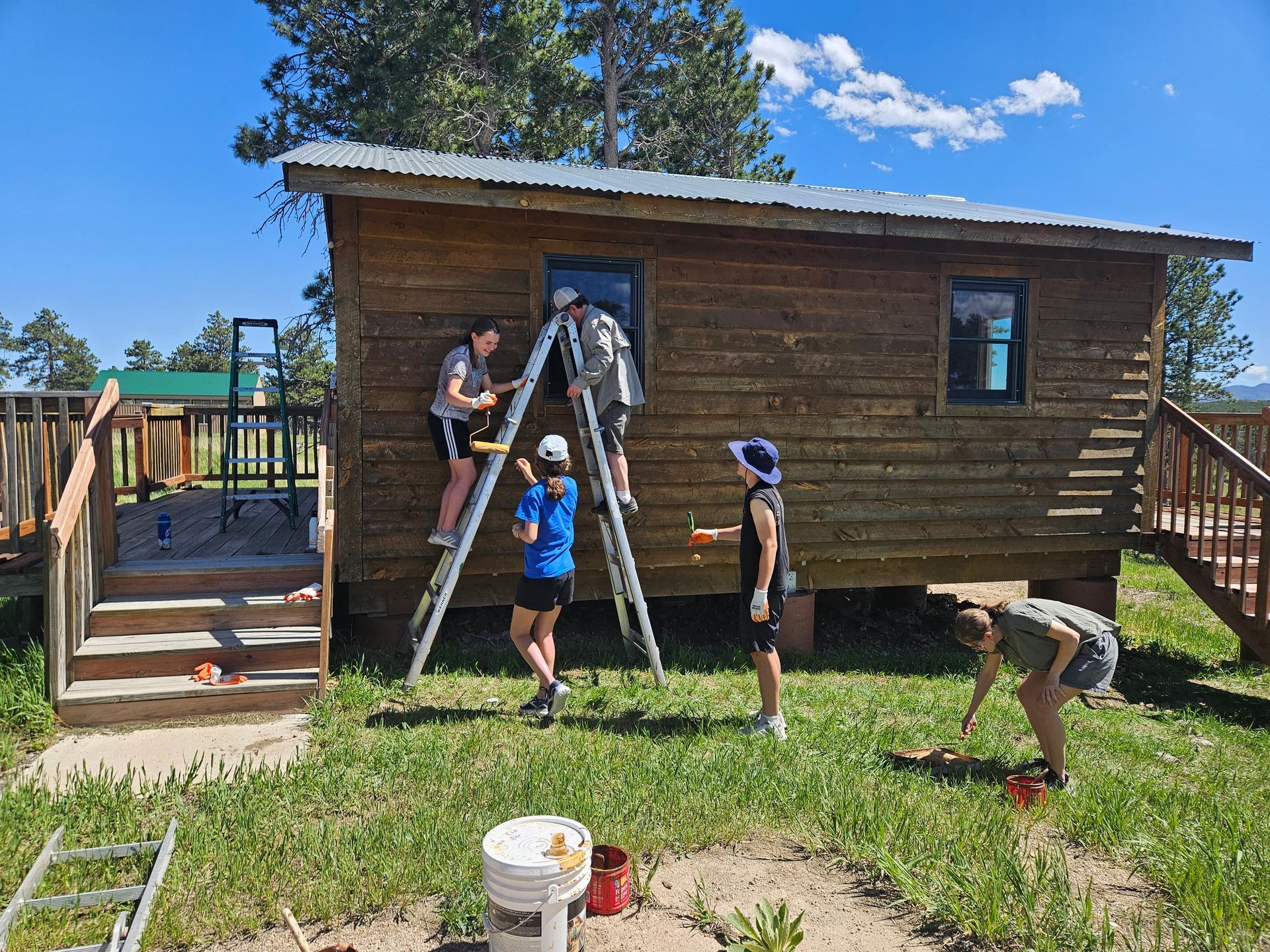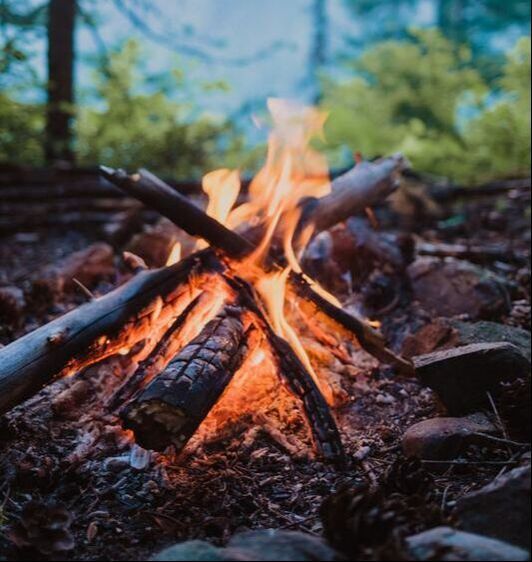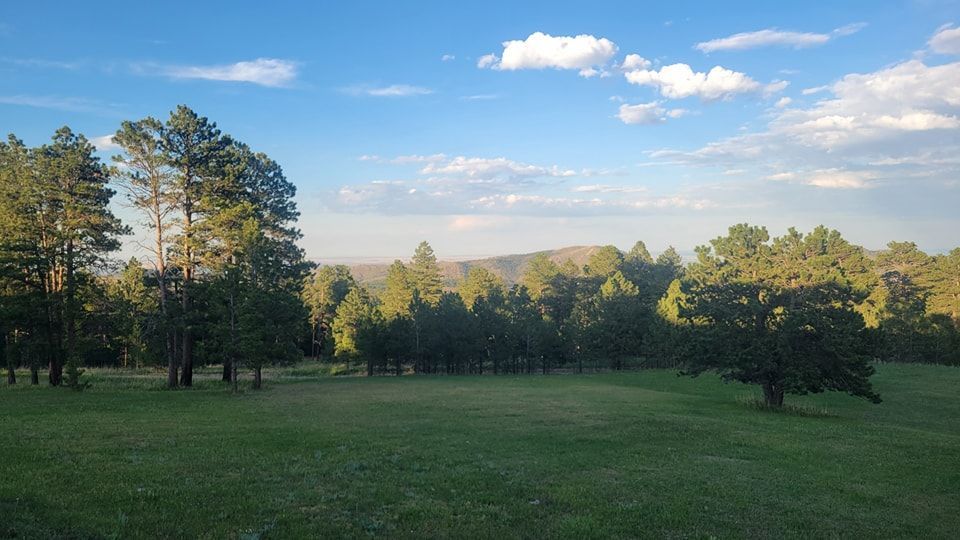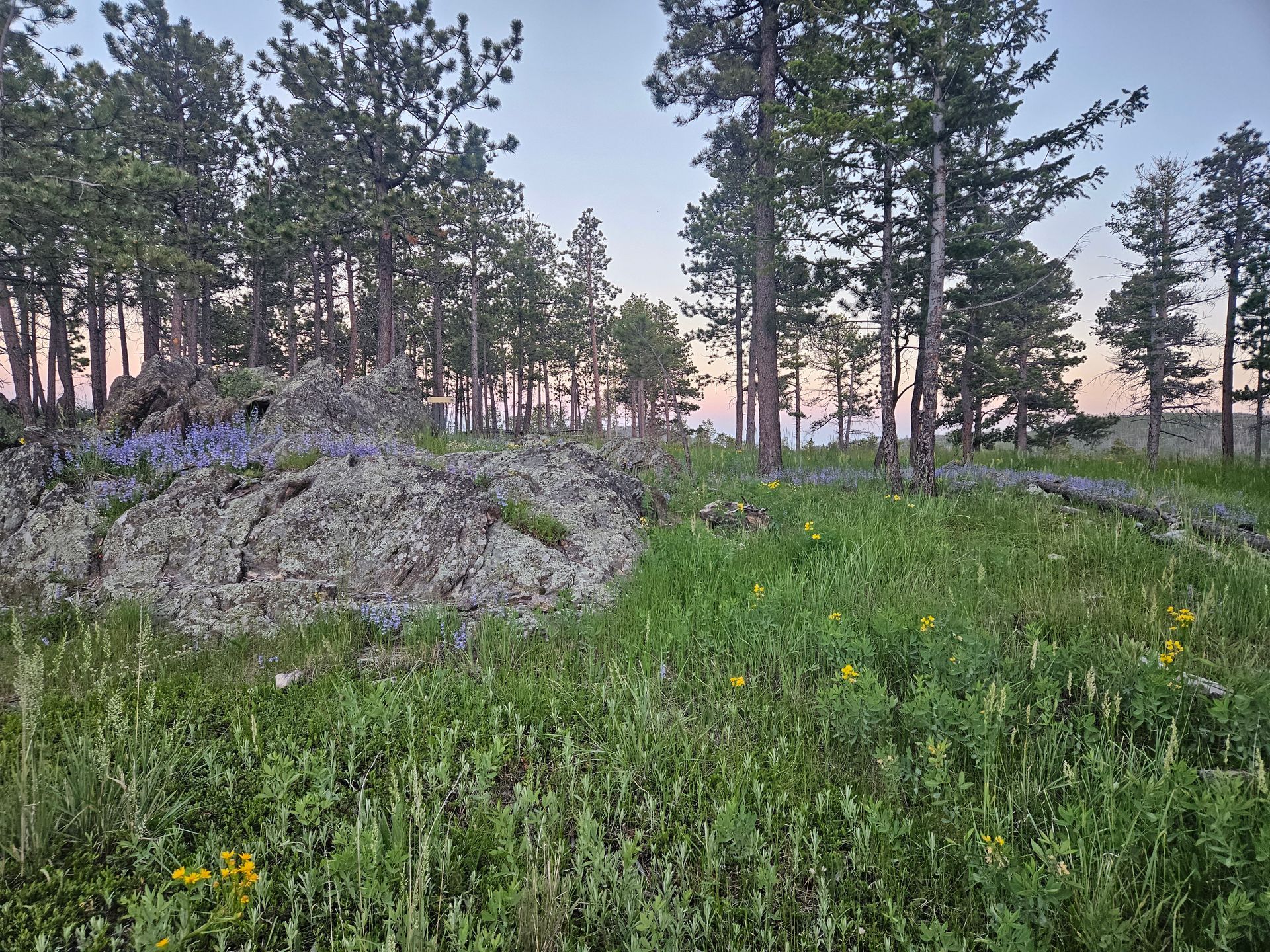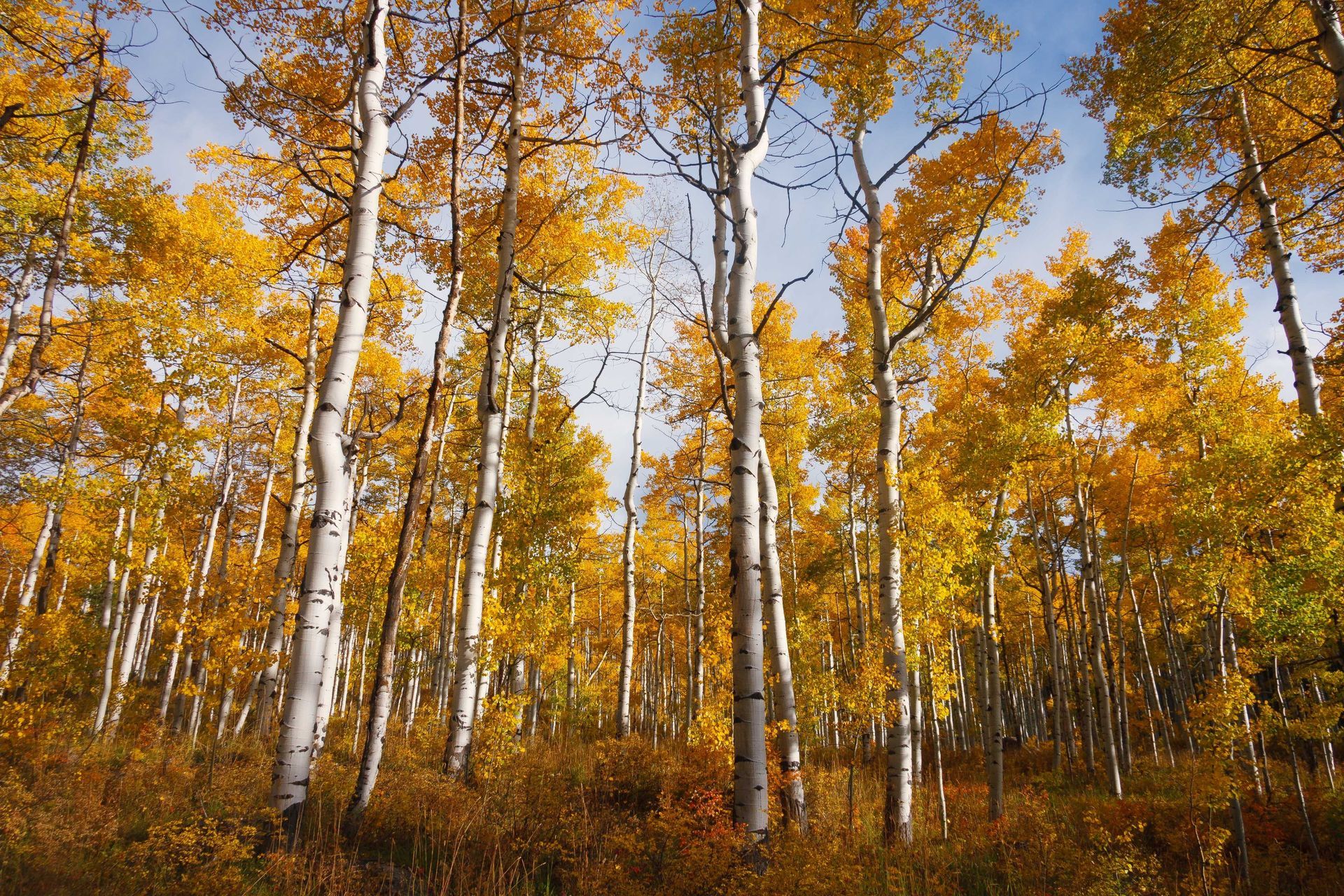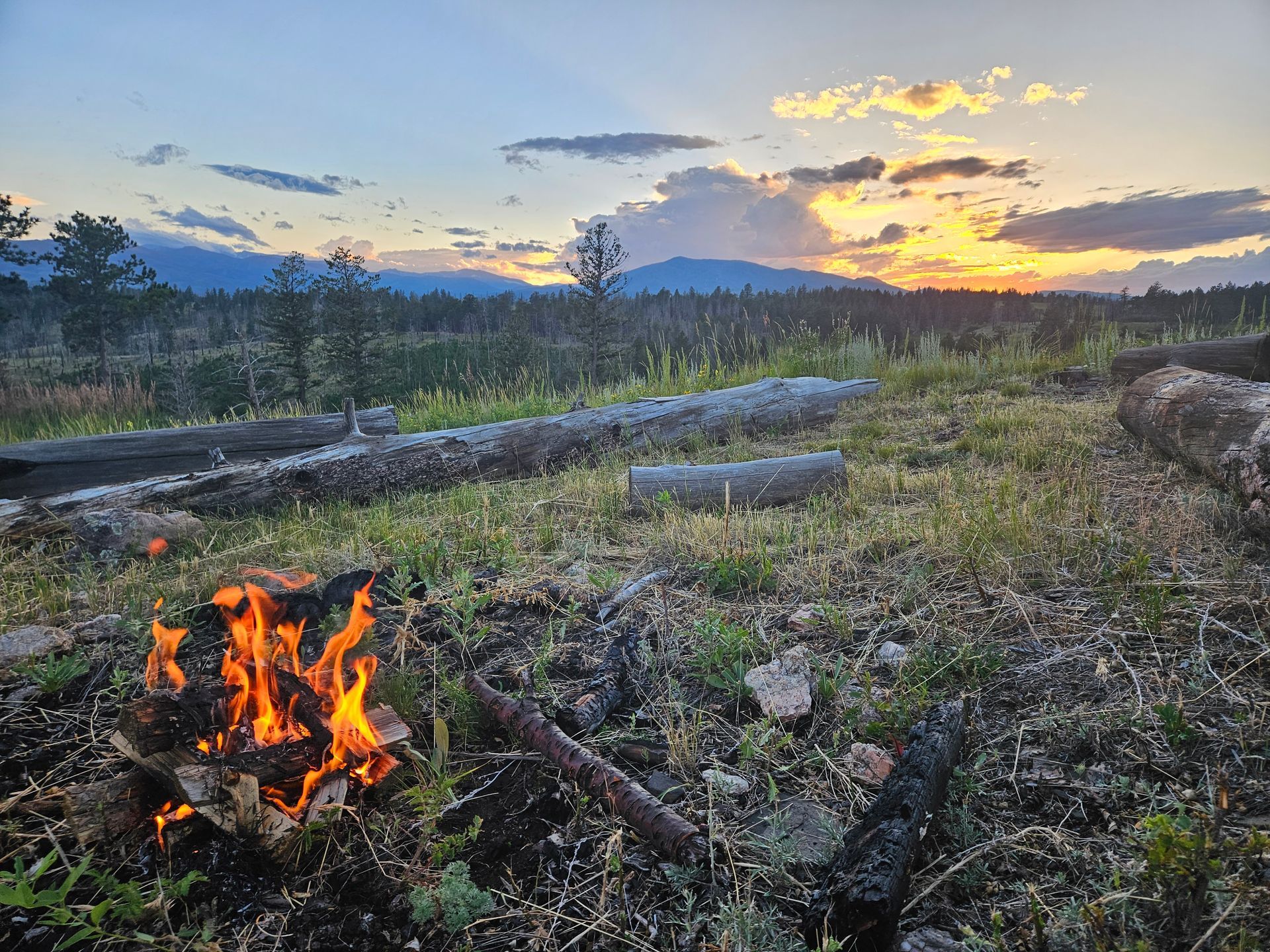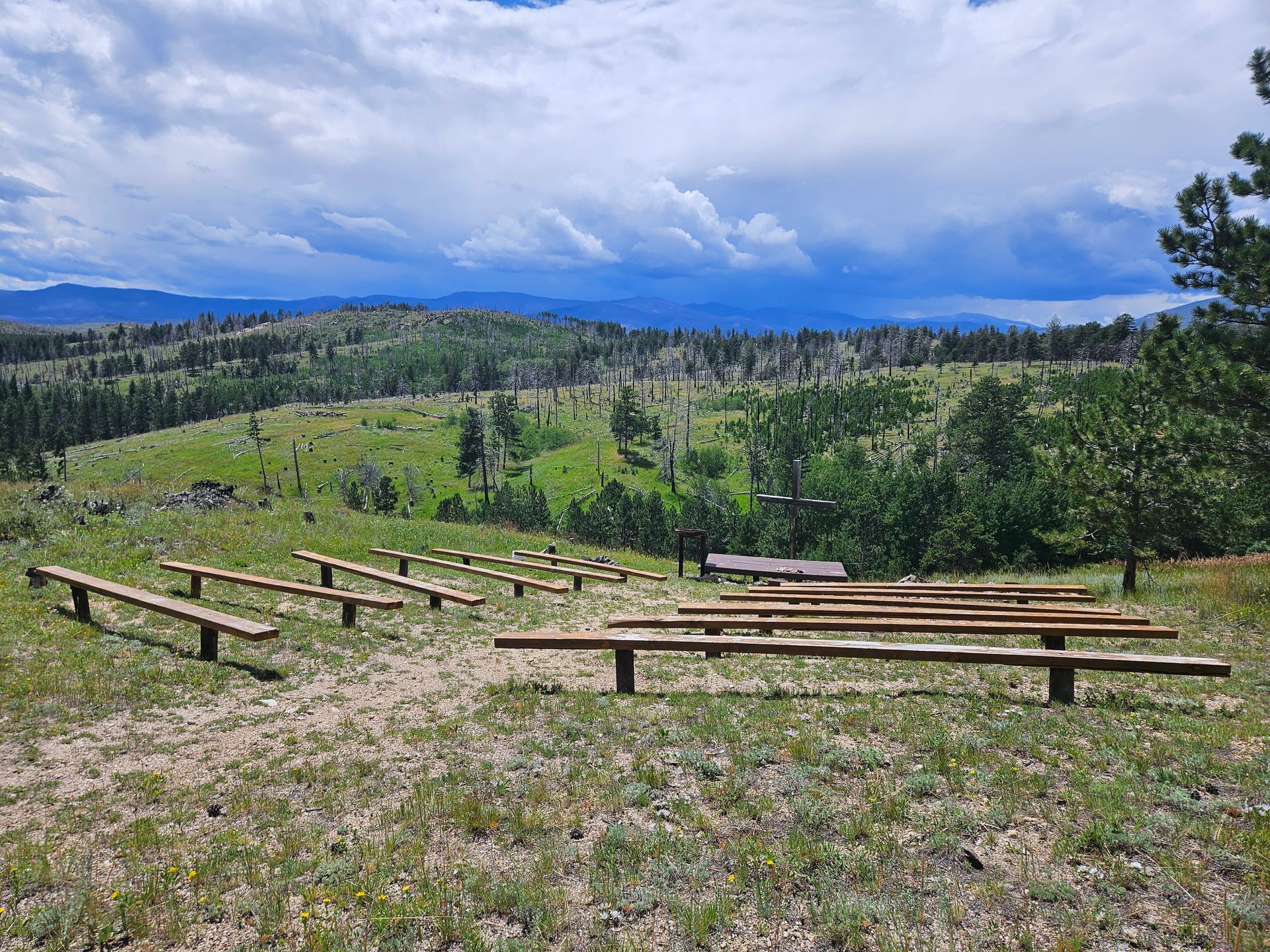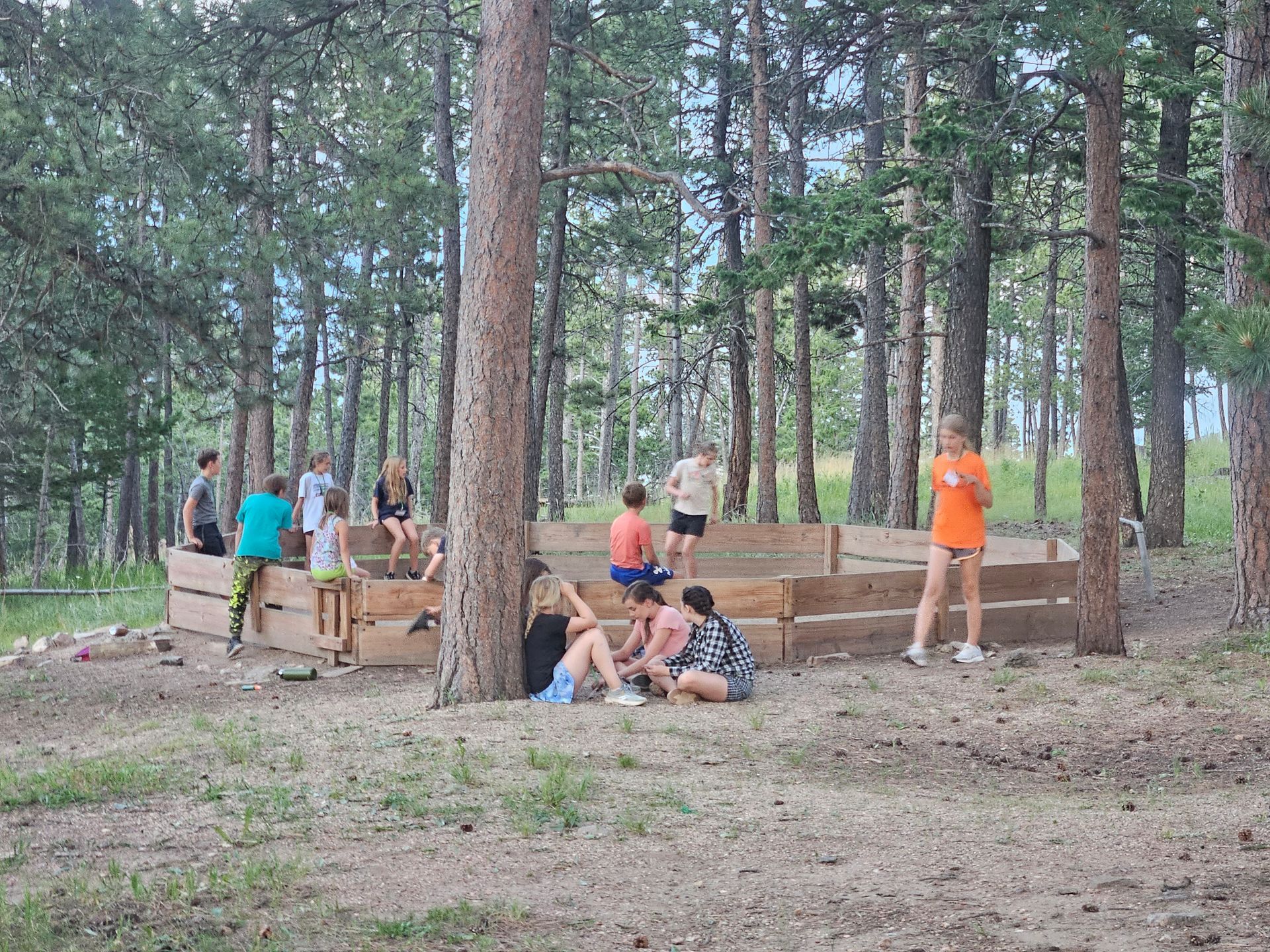The Educational Value of Nature Retreats
As the benefits of experiential learning gain attention, nature retreats are emerging as transformative opportunities for students. These immersive experiences cultivate critical thinking, collaboration, and problem-solving skills in ways that a traditional classroom often cannot. By stepping into the great outdoors, students not only learn but also connect deeply with their surroundings, making education more engaging and memorable.
Experience-Based Learning in Action
Nature retreats provide the ideal environment for experience-based learning. Rather than passively absorbing information, students actively engage with the world around them. This hands-on approach captivates attention and enhances knowledge retention. Concepts once confined to textbooks come to life as students apply theoretical ideas to practical scenarios, fostering deeper understanding and enthusiasm for learning.
A Curriculum Beyond Walls
Nature retreats seamlessly integrate with a variety of curriculum areas, making them a valuable tool for educators. From exploring ecosystems to sketching landscapes or analyzing poetry inspired by the outdoors, these experiences bridge science, art, literature, and beyond.
For example, students might study the structure of a forest, calculate the carbon footprint of their retreat, or write reflective essays on their observations. This holistic approach not only reinforces academic objectives but also nurtures creativity and curiosity, making learning more cohesive and enjoyable.
The dynamic outdoor setting amplifies classroom lessons. Imagine observing water cycles in a stream, tracking animal behavior in a meadow, or analyzing plant adaptations in a forest. By aligning activities with educational goals, nature retreats make lessons come alive, leaving students inspired and eager to explore further.
Fostering Environmental Awareness
One of the most enduring impacts of nature retreats is the environmental awareness they cultivate. Immersed in the natural world, students develop a deeper understanding of environmental issues and a sense of responsibility toward preserving the planet. These experiences inspire students to become active stewards of the environment, promoting sustainable practices that can benefit both local and global ecosystems.
Building Eco-Consciousness
True eco-consciousness begins with hands-on, emotional connections to the environment. Nature retreats allow students to experience the intricate relationships that sustain ecosystems, fostering a profound appreciation for biodiversity. This awareness often motivates actionable change—whether it's reducing waste, conserving energy, or advocating for broader sustainability efforts.
Engaging with Local Ecosystems
Every nature retreat is a gateway to understanding the unique ecosystems of your community. Students observe local flora and fauna up close, learning how these elements interact to form a balanced ecology. This engagement fosters a sense of connection and ownership, empowering participants to advocate for conservation initiatives.
Activities like planting native trees, restoring habitats, or learning about local wildlife offer students the opportunity to see the direct impact of their actions. Collaborating with peers and local experts, they gain valuable insights into ecological challenges and the importance of sustainable practices. These lessons not only enhance their understanding of the natural world but also inspire them to take responsibility for its care.
A Lasting Legacy of Learning
Nature retreats go far beyond a brief break from the classroom. They instill lasting values—an appreciation for the environment, a passion for learning, and the skills to think critically about the world around us. By bridging education with real-world experiences, these retreats prepare students to face future challenges with creativity, confidence, and care.
Whether exploring a nearby forest or engaging with a local conservation project, nature retreats offer profound educational value. They remind us that some of the best classrooms have no walls—and that the lessons learned in nature often resonate for a lifetime.

